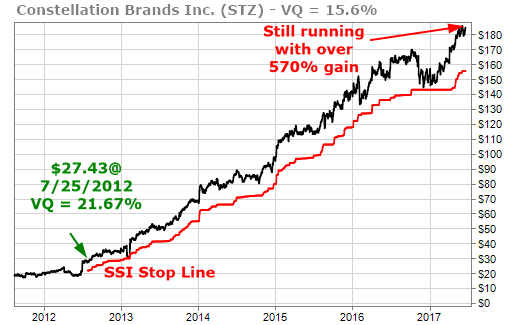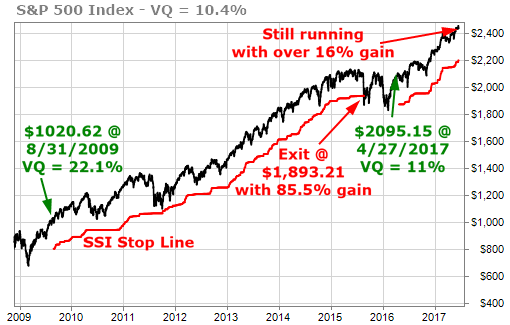Do Less. Make More.
Would you like to do less and make more? In almost any area of life and business, the answer to that question is a no-brainer. Right? When it comes to the stock market, however, sometimes passive investing can get you farther.
Unfortunately, when it comes to investing, most people seem to want to “do more and make less.” That, at least, is what the evidence suggests.
Overtrading is one of the cardinal sins of the individual investor. I’ve known this for a long time now… ever since I read the seminal paper “Boys Will Be Boys,” by Brad Barber and Terrance Odean, published in the Quarterly Journal of Economics way back in February 2001.
In that important paper, the authors had access to the real brokerage account history of 78,000 households. That’s the kind of data set I love. It’s real data on real investors and their real decisions.
Here is a representative example from their findings:
The more actively investors trade, the less they earn. We divided 66,465 households into five groups on the basis of the level of turnover in their common stock portfolios. The 20 percent of investors who traded most actively earned an average net annual return 5.5 percent lower than that of the least active investors.
Wow. That’s hard evidence… hard data and hard to swallow for many of us.
There are a lot of stakeholders in the financial markets that love to see us busier than a group of long tailed cats in a room full of rocking chairs. In particular, I’m referring to the media and to brokers. They all make more money when we are more active. (Brokers make us broker, don’t you know!)
They ply their trade primarily by appealing to our overconfidence – appealing to our egos and our belief in the power of technology and information.
Don’t fall for it.
In his 1991 letter to shareholders, Warren Buffett noted, “Our stay-put behavior reflects our view that the stock market serves as a relocation center at which money is moved from the active to the patient.”
More than twenty years later, that’s still true. Investors need more patience… and patience is exactly what TradeStops helps to facilitate. It’s only through patience and “doing less” that investors can hope to tip the scales of profitability in their favor by putting the weights on the side of their winners rather than on the side of their losers.
One of my favorite examples of this is a stock that I personally own – Constellation Brands (NYSE: STZ). STZ last triggered an SSI Entry signal back in July of 2012. At the time the VQ on STZ was 21.67%. Since that time STZ is up over 570% and still going strong.

In terms of reward to risk (Gain % / VQ%) that’s a 27 bagger! I’m happy to say that I’ve owned the stock for the entire run… and even though I’m up over 570%, I’m still not selling.
Another less dramatic but still compelling example of the benefits of patience is the S&P 500 itself. From its SSI Entry signal in August 2009 to finally being stopped out in 2015, it recorded an 85.5% gain on an initial risk of just 22.1%. I’ll take that any day. And in early 2016 our SSI system signaled a new entry point – delivering a solid 16% gain since then.

These kinds of results are easily within reach of individual investors. Fewer trades, better results, less risk. Less anxiety. Less time in front of the computer. This is the TradeStops system.
As my friend Porter Stansberry recently put it, “TradeStops helps you stop trading… and start investing.”
To patience… and profits,